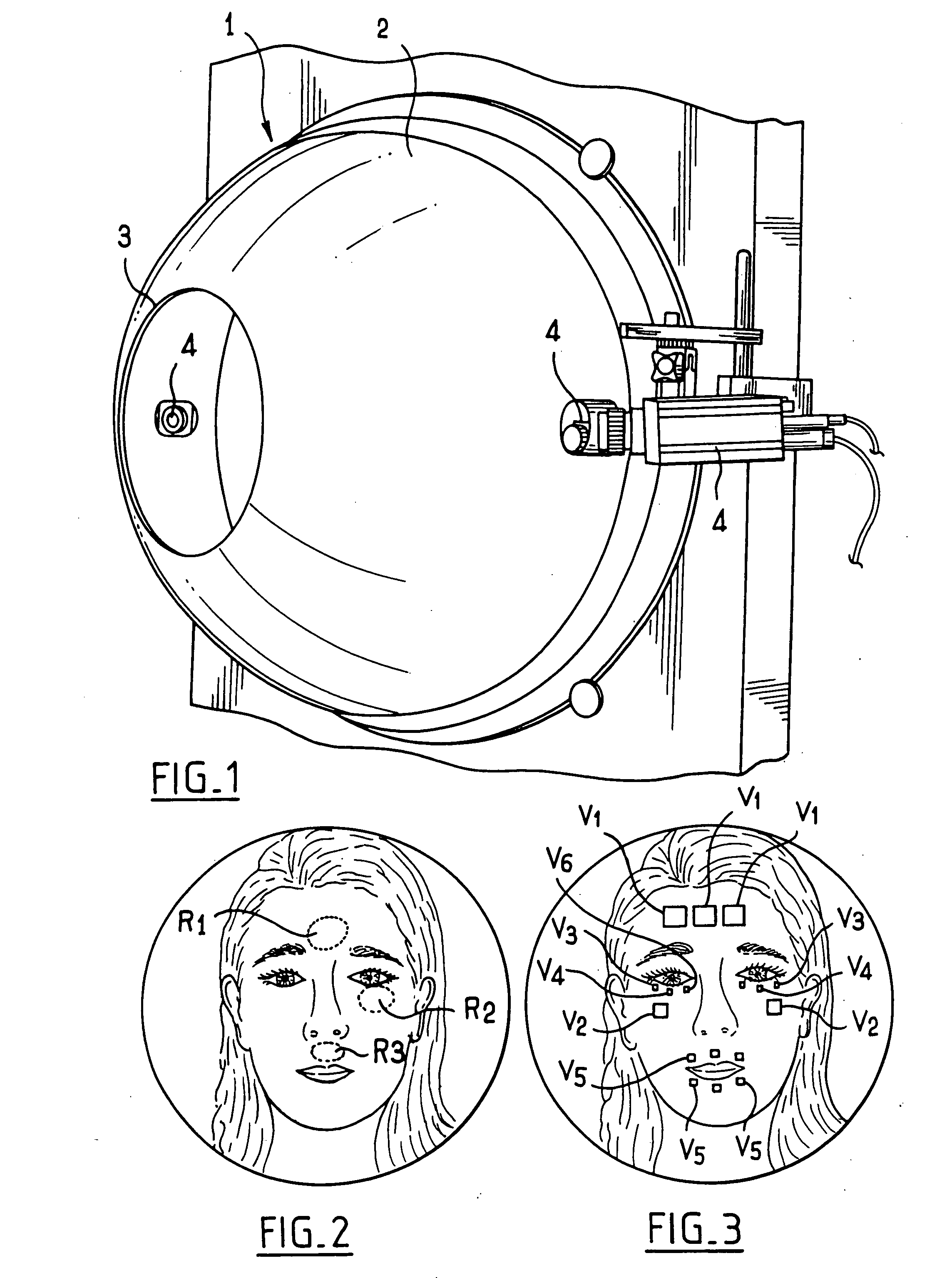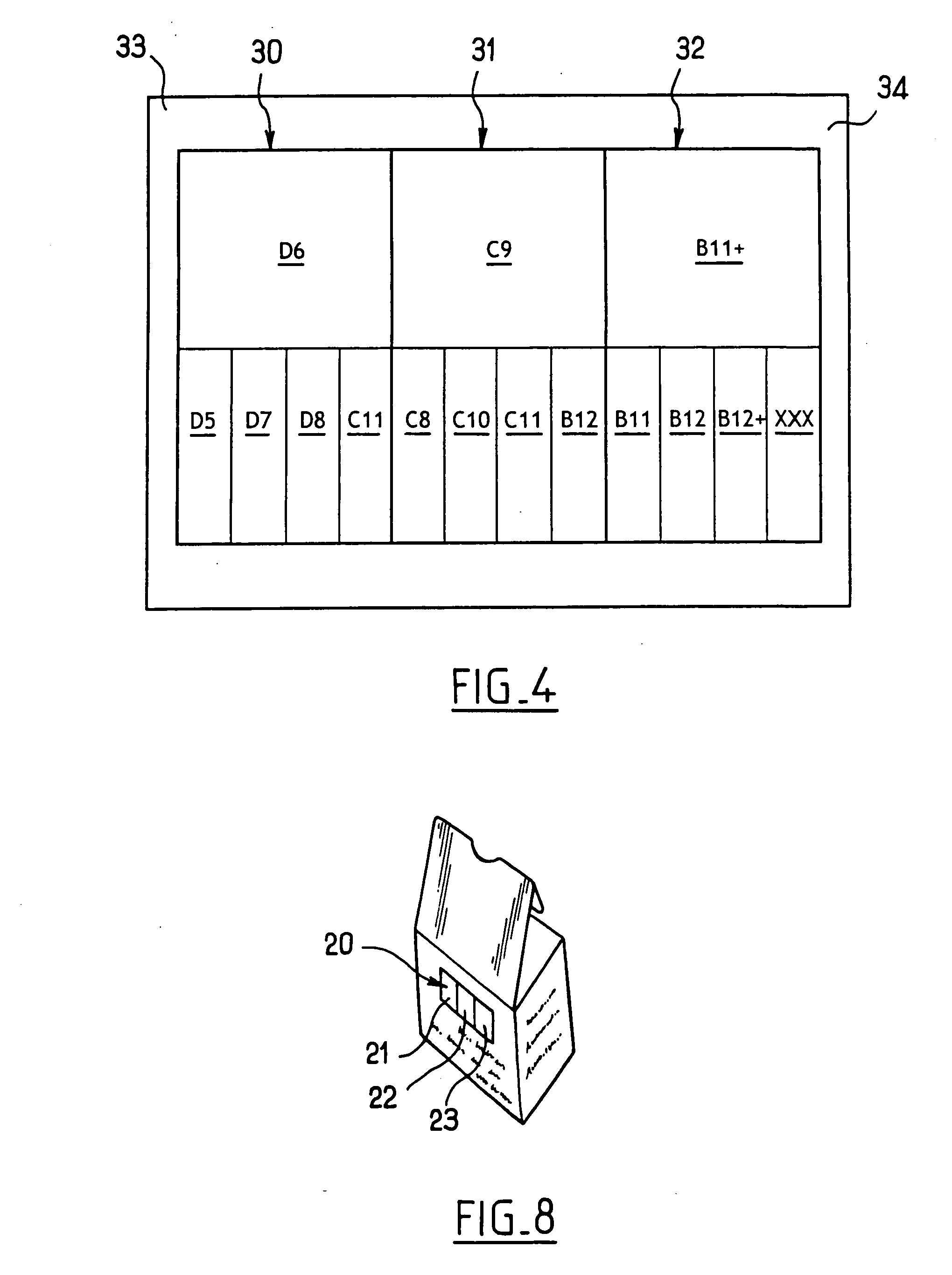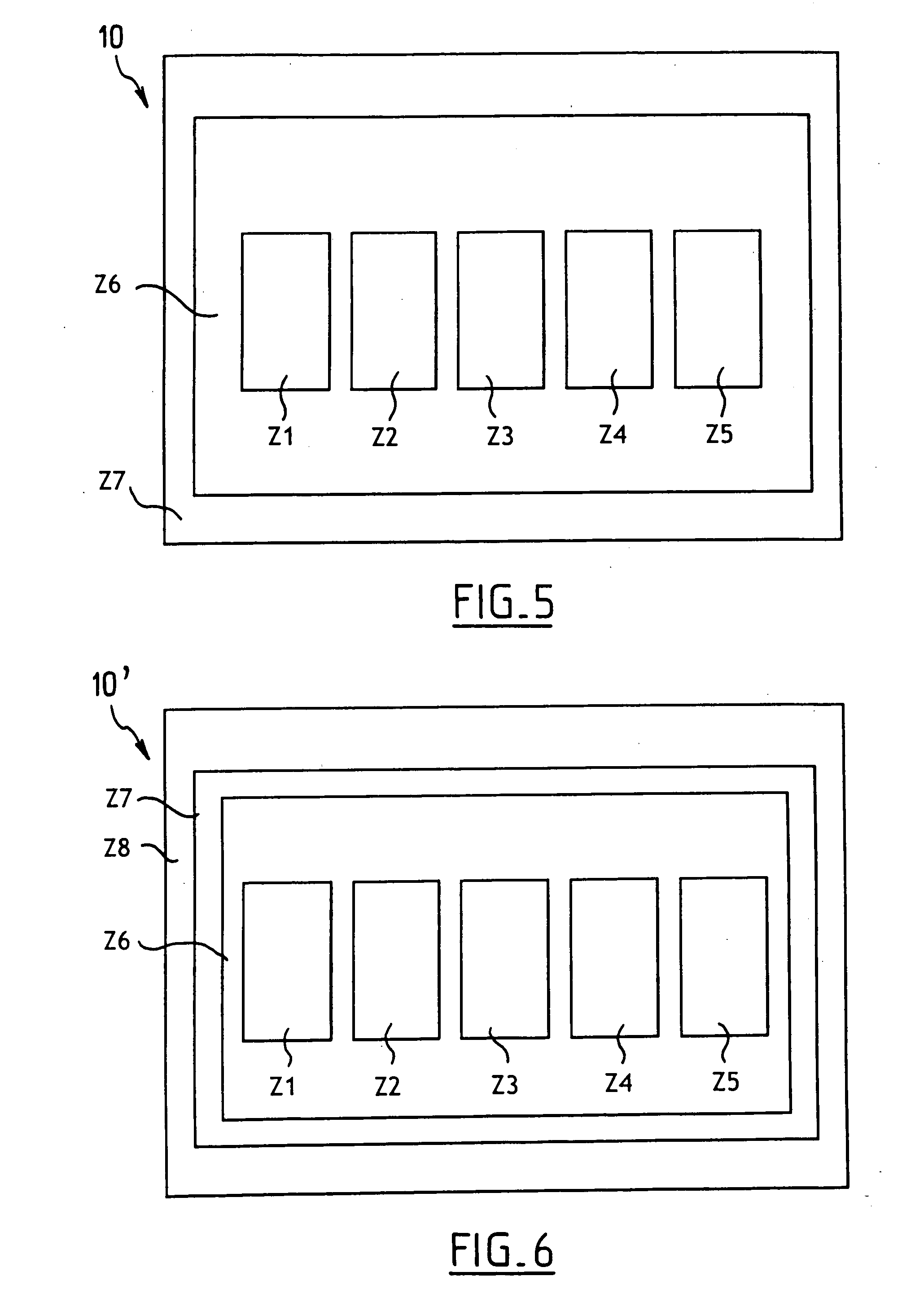Makeup compositions for dark skins
a technology for dark skins and makeup, applied in the field of cosmetic compositions, can solve the problems of difficult selection of suitable foundations, greyish and dull effects, and difficulty in selecting suitable foundations, and achieve the effect of avoiding impairment of the card
- Summary
- Abstract
- Description
- Claims
- Application Information
AI Technical Summary
Benefits of technology
Problems solved by technology
Method used
Image
Examples
first embodiment
In the composition of foundation type according to the invention, the film-forming polymer may be present in the form of particles in aqueous dispersion, which are generally known as latices or pseudolatices. The techniques for preparing these dispersions are well known to those skilled in the art.
Aqueous dispersions of film-forming polymers that may be used include the acrylic dispersions sold under the names Neocryl XK-90®, Neocryl A-1070®, Neocryl A-1090®, Neocryl BT-62®, Neocryl A-1079®, Neocryl A-523® by the company Avecia-Neoresins, Dow Latex 432® by the company Dow Chemical, Daitosol 5000 AD® by the company Daito Kasey Kogyo; or alternatively the aqueous polyurethane dispersions sold under the names Neorez R-981®, Neorez R-974® by the company Avecia-Neoresins, Avalure UR-405®, Avalure UR-410®, Avalure UR-425®, Avalure UR-450®, Sancure 875®, Sancure 861®, Sancure 878®, Sancure 2060® by the company Goodrich, Impranil 85® by the company Bayer and Aquamere H-1511® by the company...
third embodiment
In the composition of foundation type according to the invention, the film-forming polymer may be in the form of surface-stabilized particles dispersed in the liquid fatty phase.
The dispersion of surface-stabilized polymer particles may be manufactured as described in document EP-A-749 747.
The polymer particles are surface-stabilized by means of a stabilizer, which may be a block polymer, a grafted polymer and / or a random polymer, alone or as a mixture.
Dispersions of film-forming polymer in the liquid fatty phase, in the presence of stabilizers, are described especially in documents EP-A-749 746, EP-A-923 928 and EP-A-930 060, the content of which is incorporated by reference into the present patent application.
The size of the polymer particles in dispersion either in the aqueous phase or in the liquid fatty phase may range from 5 nm to 600 nm and preferably from 20 nm to 300 nm.
fourth embodiment
In the composition of foundation type according to the invention, the film-forming polymer may be dissolved in the liquid fatty phase, in which case the film-forming polymer is said to be a liposoluble polymer.
Examples of liposoluble polymers that may be mentioned include copolymers of a vinyl ester (the vinyl group being directly attached to the oxygen atom of the ester group and the vinyl ester having a saturated, linear or branched hydrocarbon-based radical of 1 to 19 carbon atoms, linked to the carbonyl of the ester group) and of at least one other monomer, which may be a vinyl ester (other than the vinyl ester already present), an α-olefin (containing from 8 to 28 carbon atoms), an alkyl vinyl ether (the alkyl group of which contains from 2 to 18 carbon atoms) or an allylic or methallylic ester (containing a saturated, linear or branched hydrocarbon-based radical of 1 to 19 carbon atoms, linked to the carbonyl of the ester group).
These copolymers may be crosslinked using cro...
PUM
 Login to View More
Login to View More Abstract
Description
Claims
Application Information
 Login to View More
Login to View More - R&D
- Intellectual Property
- Life Sciences
- Materials
- Tech Scout
- Unparalleled Data Quality
- Higher Quality Content
- 60% Fewer Hallucinations
Browse by: Latest US Patents, China's latest patents, Technical Efficacy Thesaurus, Application Domain, Technology Topic, Popular Technical Reports.
© 2025 PatSnap. All rights reserved.Legal|Privacy policy|Modern Slavery Act Transparency Statement|Sitemap|About US| Contact US: help@patsnap.com



